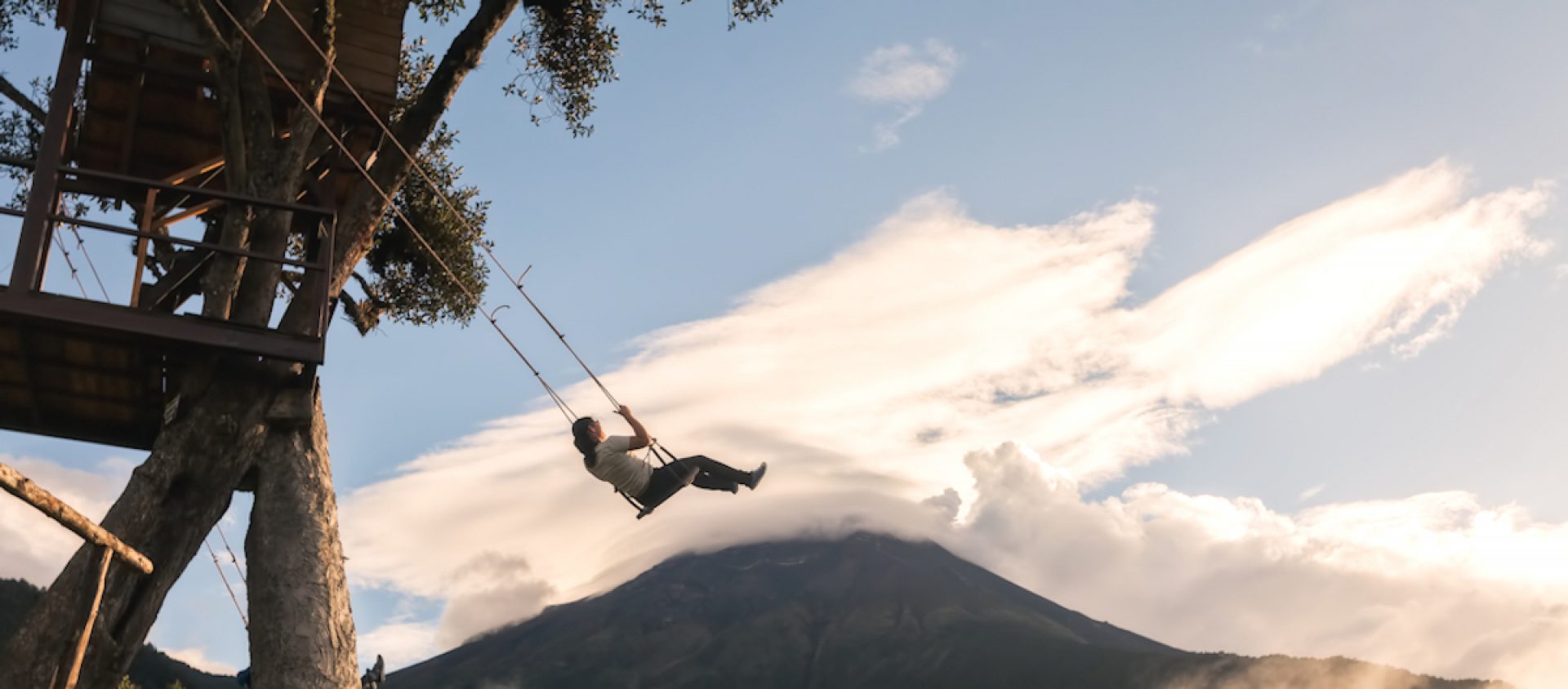Money is eating Austin and the Texas Hill Country the way it ate the San Francisco Bay Area.
As I often say, everything happens in California first. The only hope I have is that Texas – which like California is majority minority – will also slide away from the extreme right, but watching money destroy a place you love hurts.
Also, I’m pretty sure that money is not why California (which gave us Richard Nixon, Ronald Reagan, and Grover Norquist) moved away from the extreme right.
I’m just getting back from a road trip to Texas to see family and the eclipse. While on the road, my sweetheart and I were reading Marjorie Kelly’s Wealth Supremacy outloud to each other, so I was thinking a lot about our flawed economic systems while traveling through a part of the country I’ve known well all my life.
Rural areas in Texas seem to be surviving in large part on hunting camps and taxidermy, which are service businesses catering to the rich who like to pretend they hunt. For the most part, the small towns of the west are tired and dusty, and not just from the harsh arid climate. So many businesses are boarded up.
As you drive east from El Paso toward Austin and San Antonio, you go through small towns about 50 or so miles apart. Sierra Blanca probably survives on the Border Patrol folks stationed there.
Van Horn and Fort Stockton have motels and quick car repair shops for travelers. There’s a little more in Ozona and Sonora, both county seats with a decent restaurant or two.
And then you hit the Hill Country, with fancy wineries and places bought up by rich people. Fredericksburg has been a cute tourist town for awhile, but now all the towns around there have fancy boutiques and interesting restaurants, plus a large number of real estate offices: Johnson City, Blanco, Boerne.
The closer you get to Austin or San Antonio, the more big money developments you see. Sprawling subdivisions. They’re finally repairing US 290 going into Austin from the west, but it’s in service to massive development in a relatively fragile ecosystem.
The Hill Country isn’t desert, but it still has water limits. Meanwhile, none of this big money is going to places that would benefit from the spreading around of wealth.
Austin is apparently the fastest growing big city in the United States right now. What gets me is that apparently so many people there are so proud of that.
Real estate prices are through the roof, trying to compete with California and New York City and, as in California and New York City, driving out the people that gave the city character.
Property taxes are rising even faster than real estate values, probably because Texas has no income tax and government needs some money to run the schools and the local government (and the cops, of course).
The development around Austin is in no way sustainable or environmentally friendly, this despite Austin being a city that has promoted use of solar energy and water catchment programs through it’s municipally owned utilities.
PV on the roof of a few homes in a massive new subdivision is not going to offset the damage done by building those houses in places better left underdeveloped.
The Austin slogan is still “Keep Austin Weird.” As someone who lived in Austin in the 60s and 70s – when it really was weird, when the music scene was just taking off, when Armadillo World Headquarters was still there – I guarantee you that Austin lost its weirdness a long time ago. There are still pockets of weird, but it’s not enough to sustain the slogan.
(Wheatsville Food Co-op is still there, fortunately. I helped start that co-op in 1976 and I’m so glad to see it survive and thrive.)
I would say Austin is becoming Houston – and mean it as a serious insult – but in fact it is much more like the San Francisco Bay Area. Couple that with the Hill Country and you get what has happened in the counties north and south and east of San Francisco: Too much money being spent on all the wrong things.
I moved to the Bay Area after too much money happened, so I don’t really know what places were like before. I can just see traces of the small towns swallowed up by money in the people who work there but have to live even farther away because they can no longer afford rent near where they work.
This isn’t sustainable either place, but you would think that Austin and the Hill Country, reaching this point at a time when climate change is staring us all in the face, would handle it differently.
You would be wrong.
